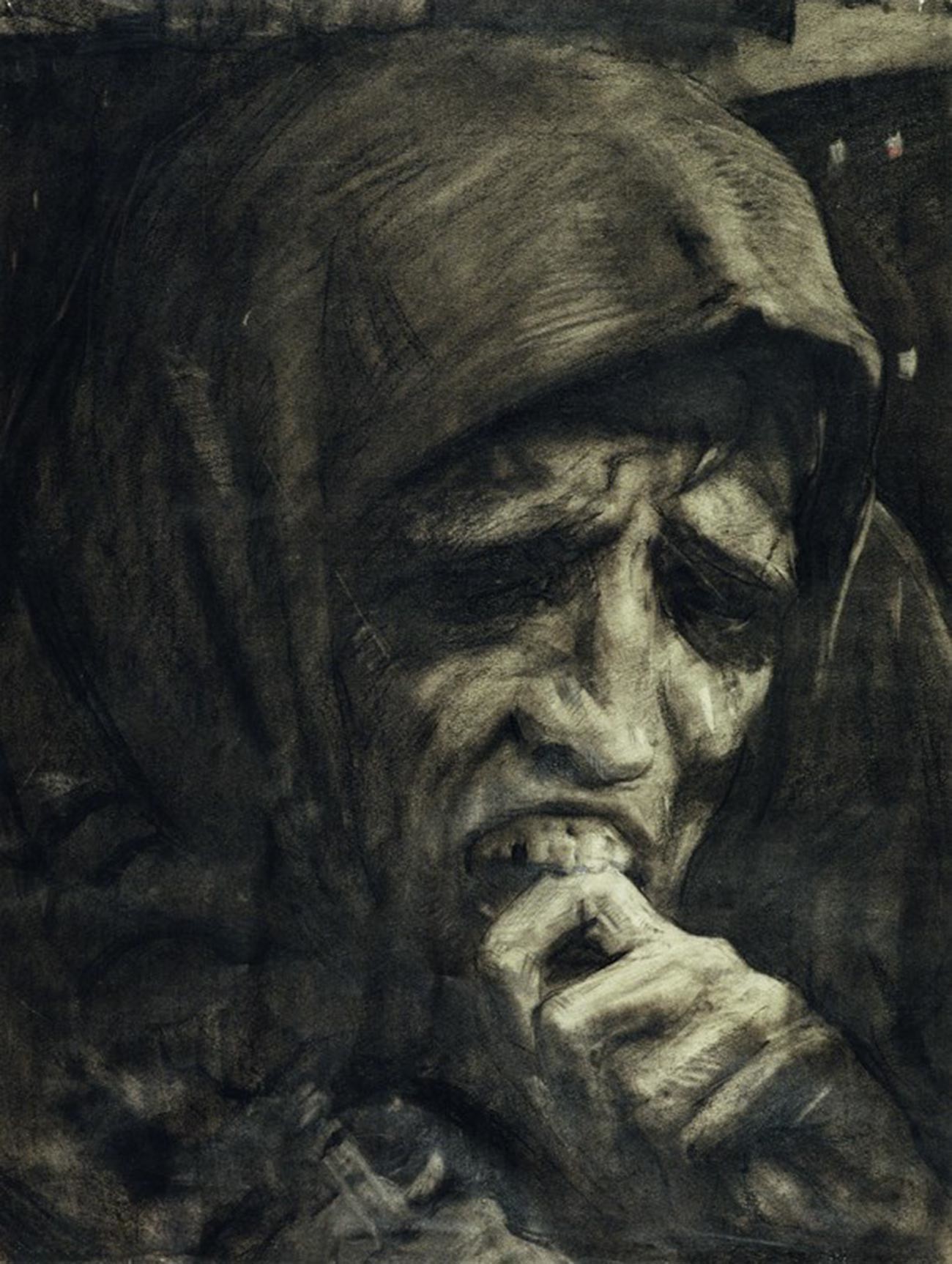15 heart wrenching paintings of the Leningrad Siege (PICS)
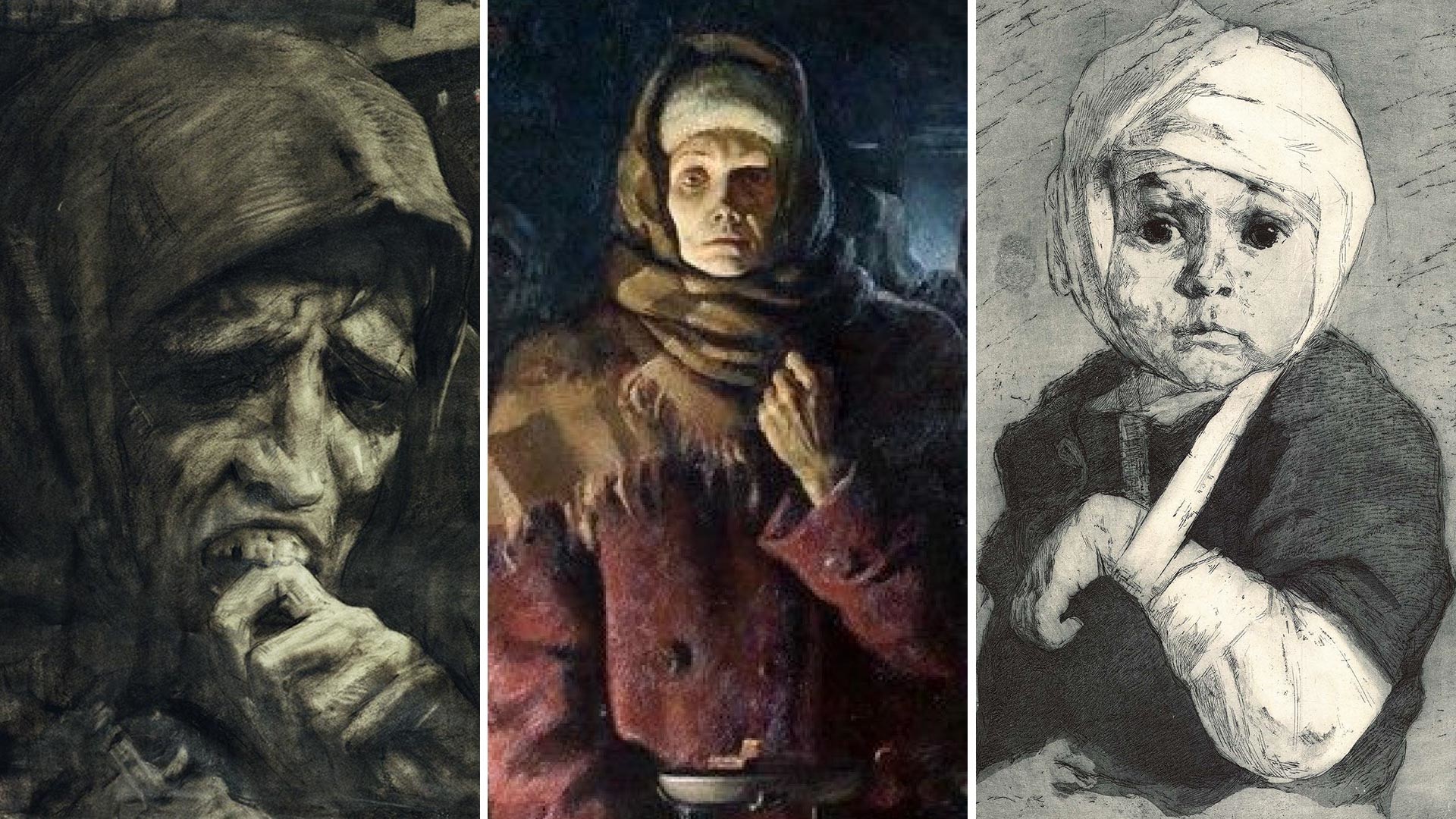
On September 8, 1941, German troops captured the town of Shlisselburg, thus, encircling Leningrad from land. The only thread connecting the second most important city in the USSR with the rest of the Soviet territory was a route along Lake Ladoga, which became known as the ‘Road of Life’.
For 872 days, Leningrad, besieged by German, Finnish, Spanish and Italian troops, desperately tried to survive. From 650,000 to one and a half million residents of the city died due to cold, artillery attacks, air raids and especially hunger.
Leningrad’s land communications with the mainland were restored during the Iskra offensive in January 1943, when the Soviet troops liberated Shlisselburg. A year later, the Red Army launched ‘Operation January Thunder’, pushing the enemy 100 km away from Leningrad and finally putting an end to the 872-day siege.
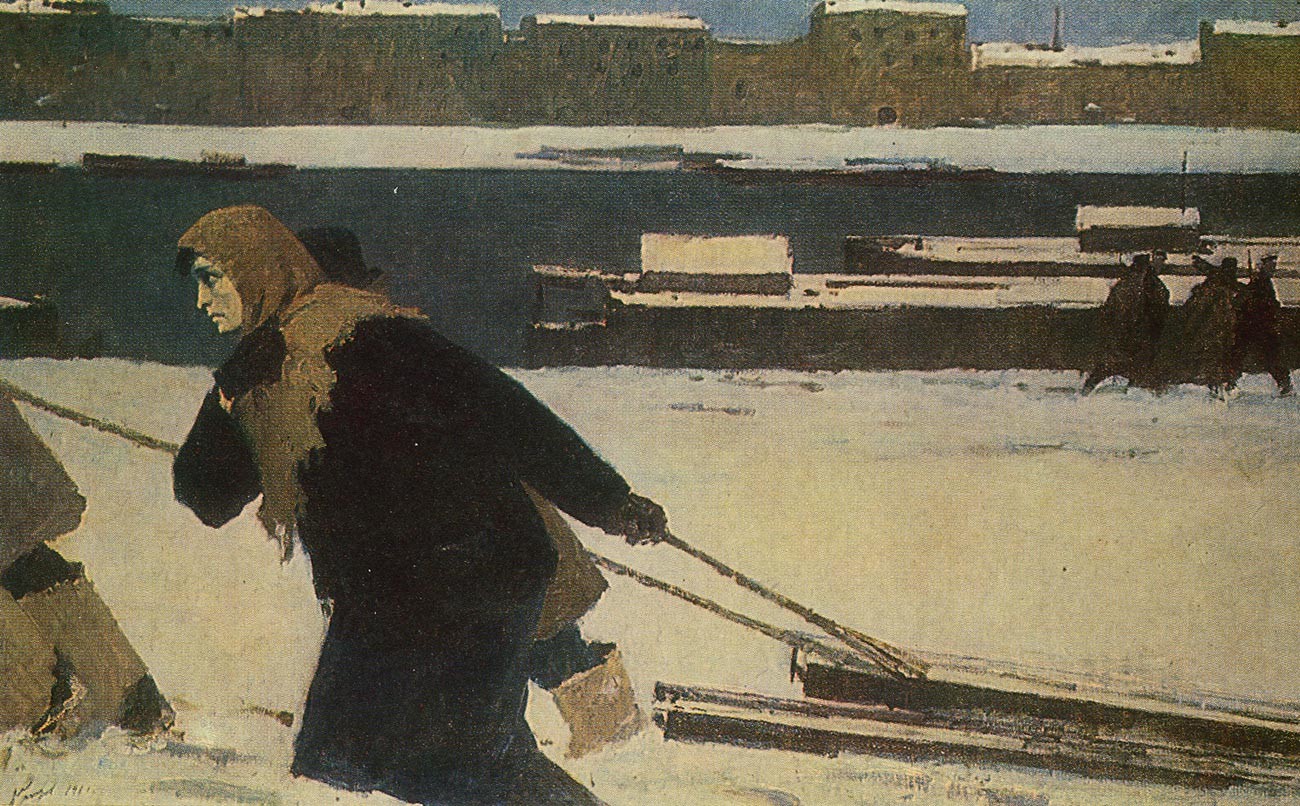
Leningrad citizen (in 1941).
Boris Ugarov/The State Russian Museum, 1961
At the Field of Mars.
Vasily Kuchumov/The Virtual Russian Museum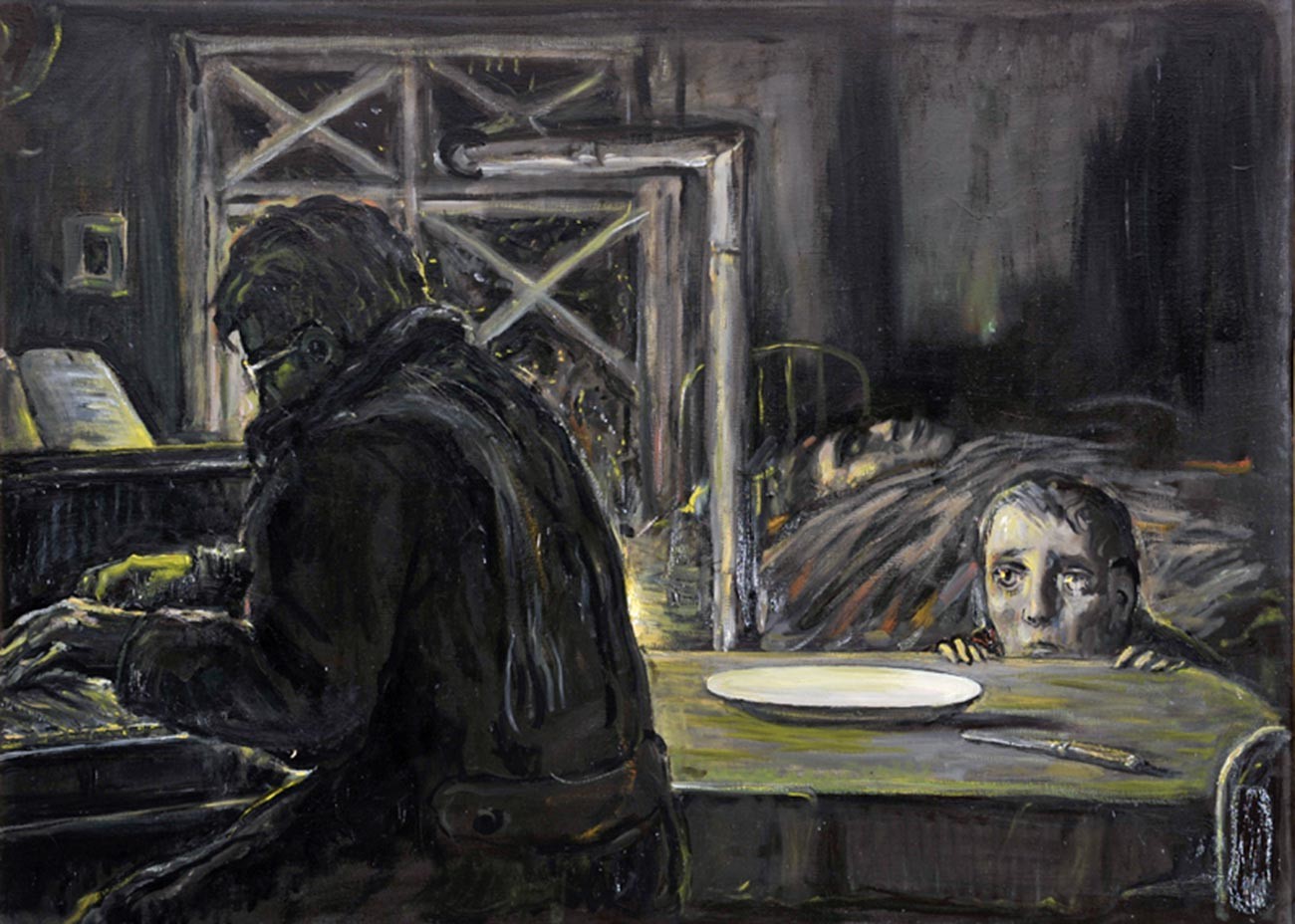
Childish memories. Blockade of Leningrad.
Ilya Glazunov/Ilya Glazunov Gallery, 2004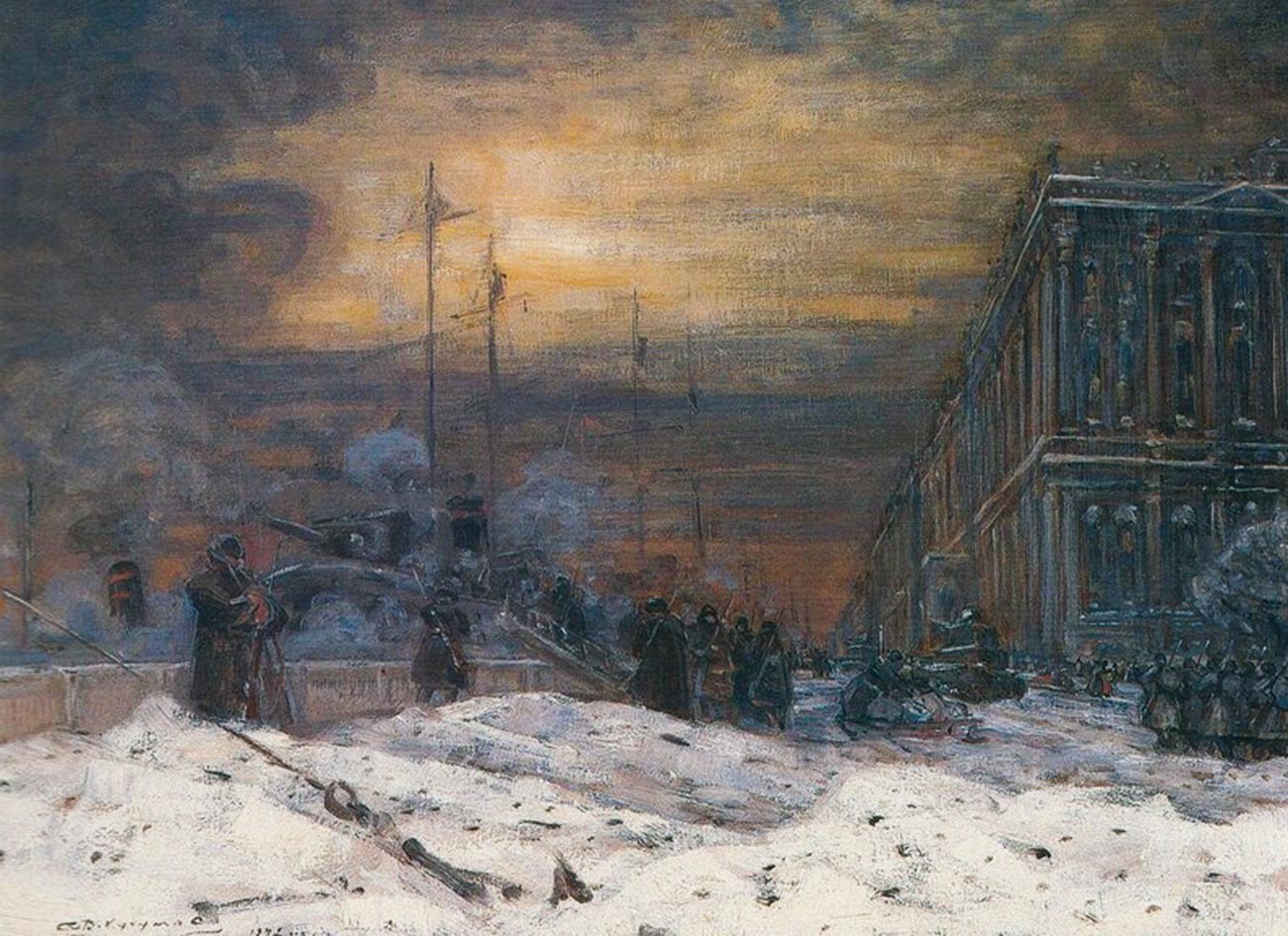
Neva Embankment near the Winter Palace.
Vasily Kuchumov/The Virtual Russian Museum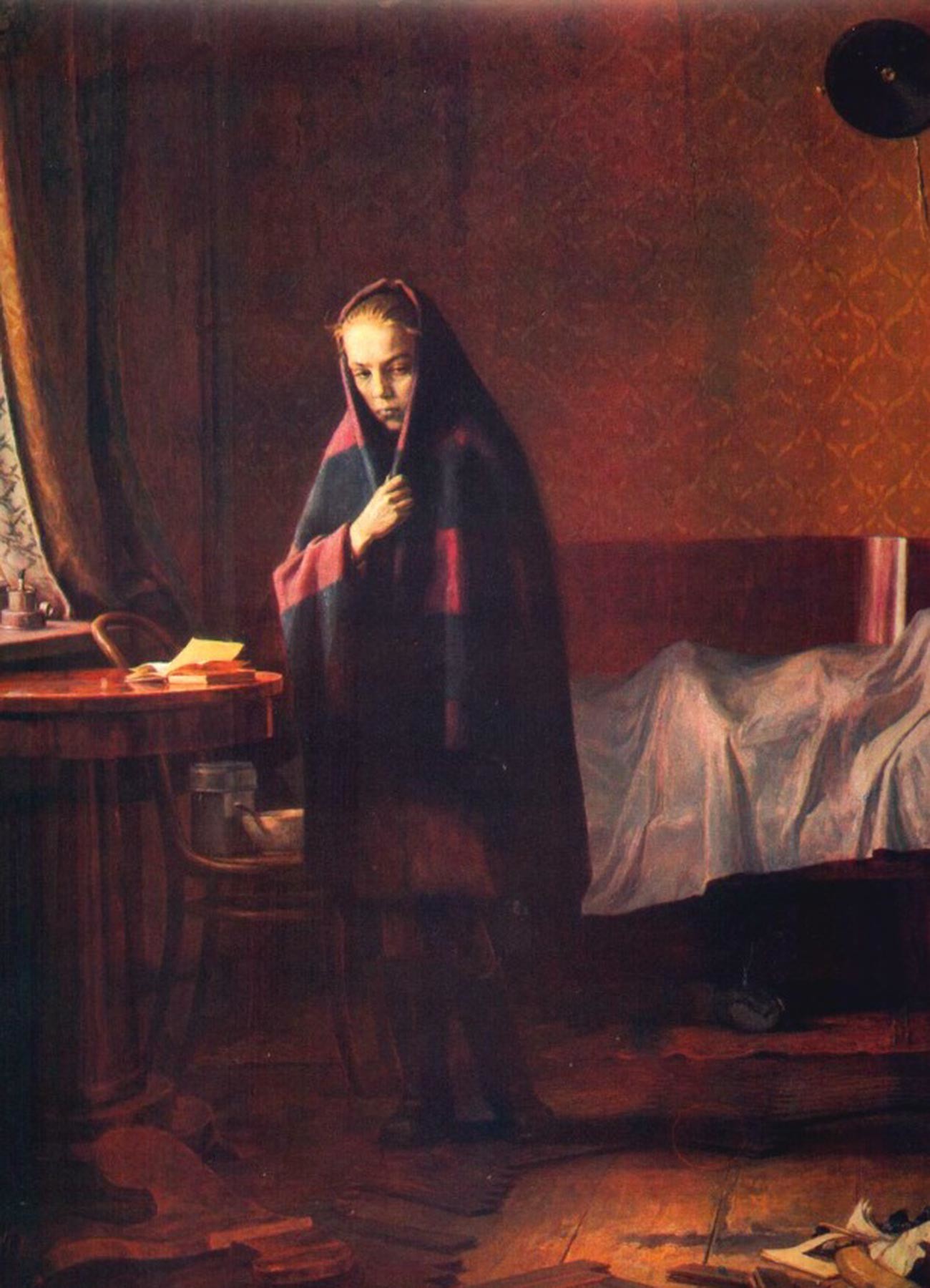
Out of the Blockade diary.
Pyotr Belousov
Mother. Blockade.
Konstantin Rudakov/The Chuvash State Art Museum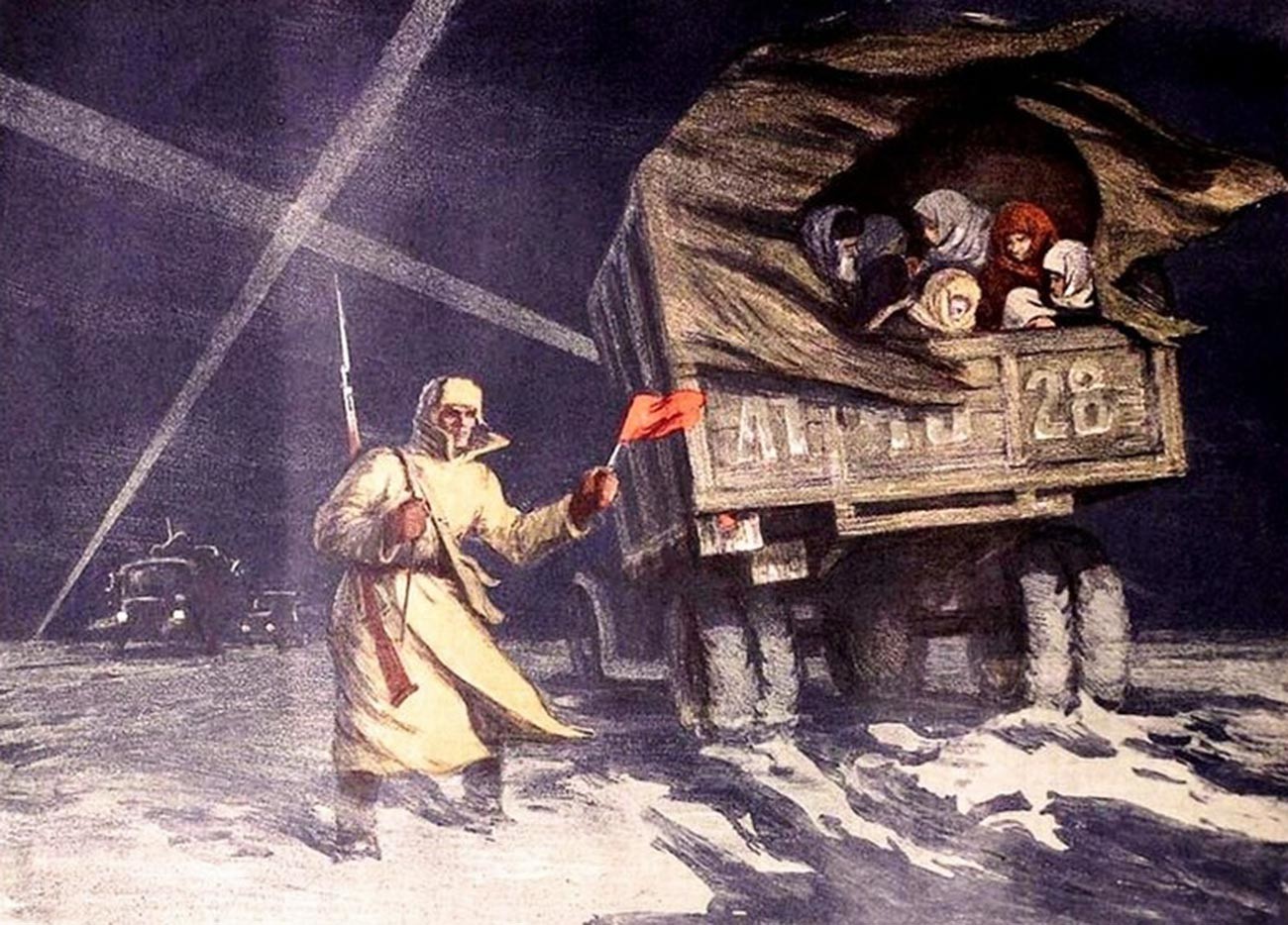
Ladoga - Road of Life.
Solomon Boym/The Krasnoarmeysk Art Gallery, 1949.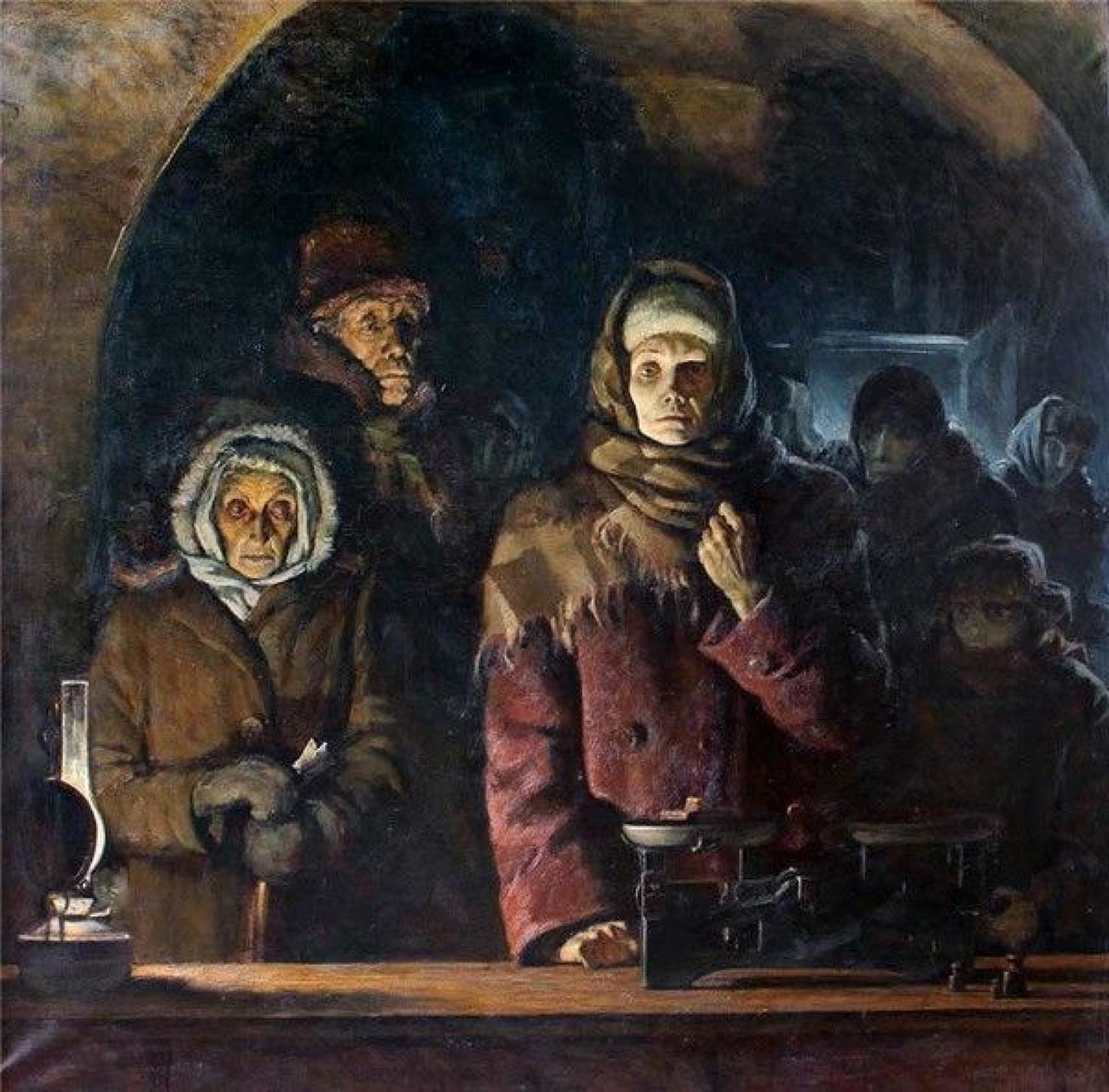
Blockade Bread.
Nikita Tsytsin, 1987.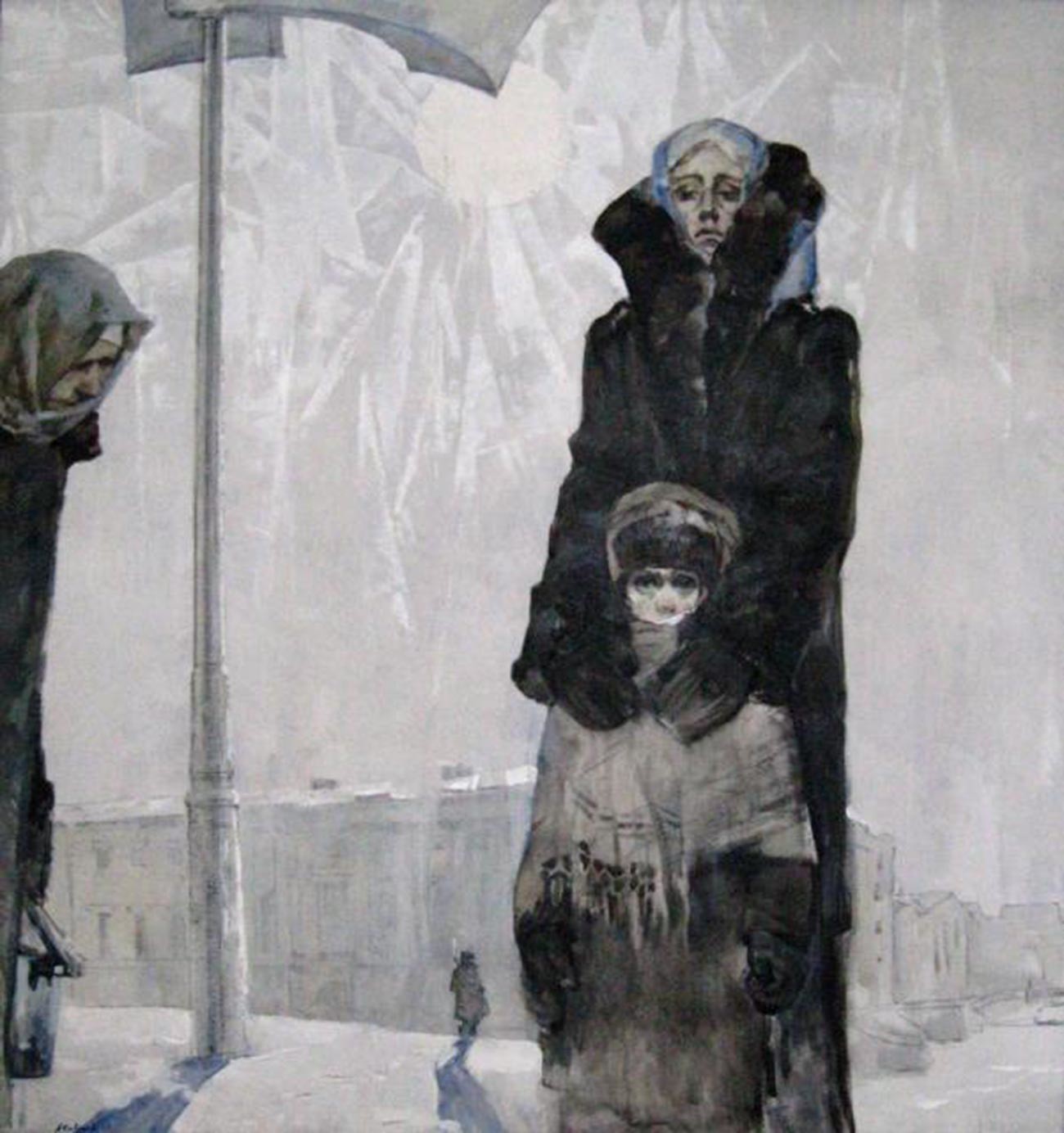
Blockade. Leningrad is talking.
Leonid Krivitsky, 1967.
Cruiser Kirov is shooting.
S. Boym, 1944.
Blockade.
Yuri Neprintsev, 1943.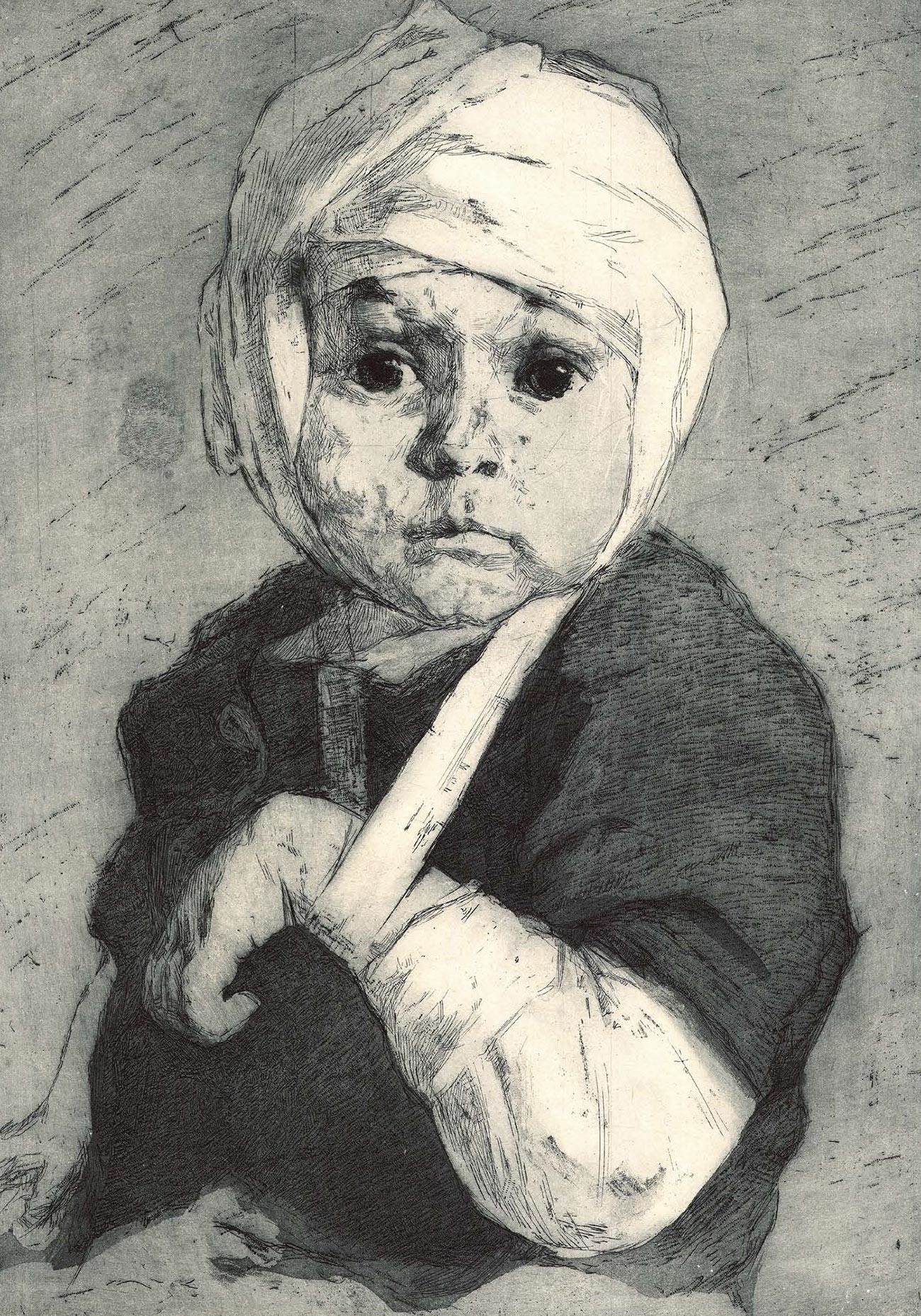
Why?
Alexander Kharshak
The Blockade of Leningrad - Breakthrough, 1943.
Vladimir Serov, Josef Serebryanny, Anatoly Kazantsev/Collection of the State Russian Museum, 1943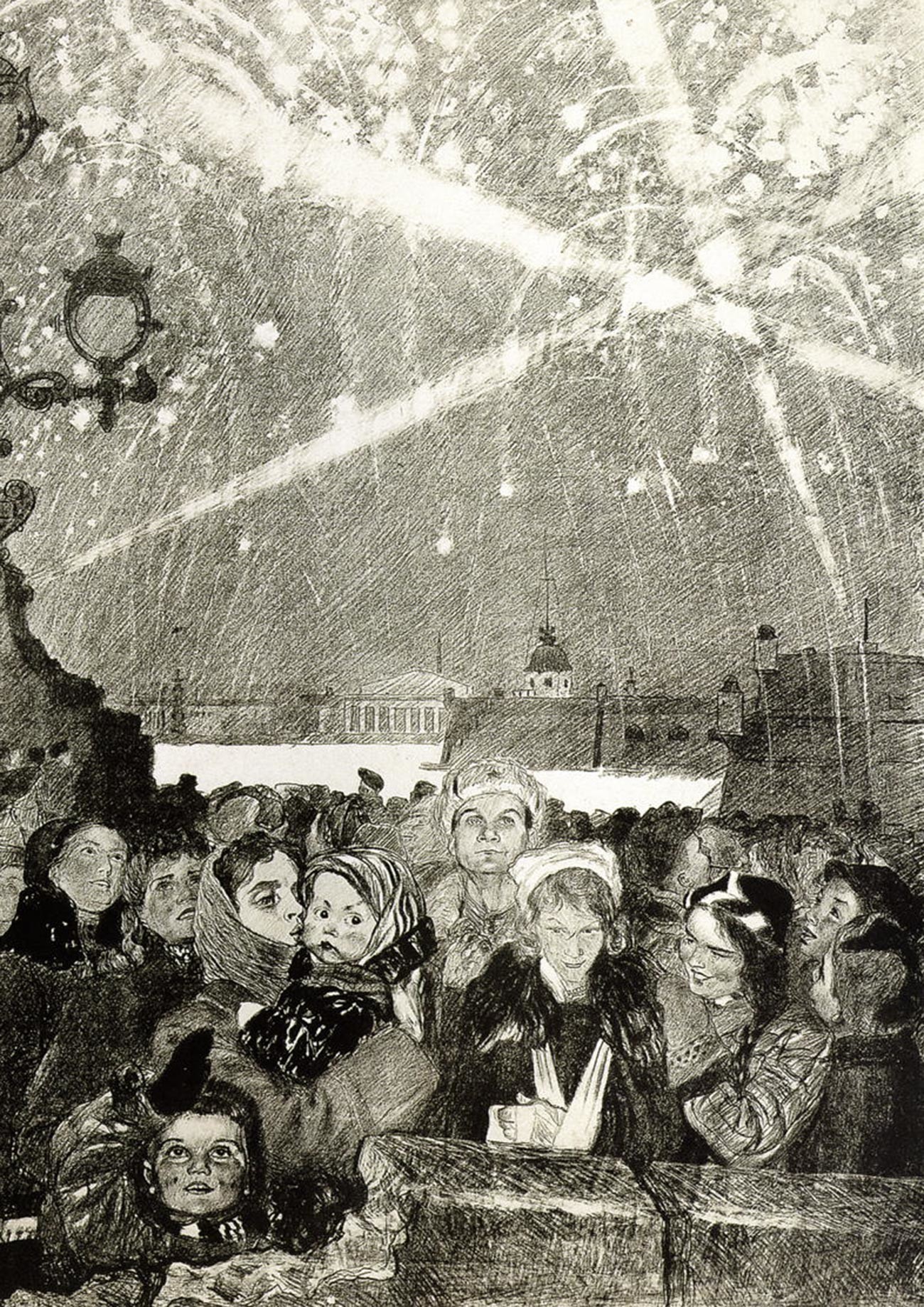
Salute of January 27, 1944.
Alexey Pakhomov/Collection of the State Russian Museum, 1944If using any of Russia Beyond's content, partly or in full, always provide an active hyperlink to the original material.
Subscribe
to our newsletter!
Get the week's best stories straight to your inbox
